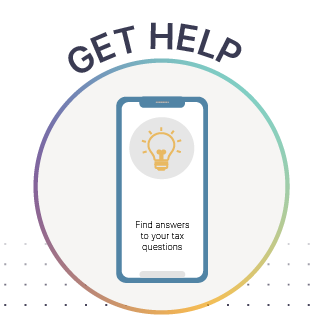Apply online
You can complete your application for an EIN online, 7:00 a.m. to 10:00 p.m. ET, Monday through Friday.
This is the fastest way to get your EIN. The site will validate your information and issue the EIN immediately. To use the online application, the following must be true:
- Your principal business, office, or legal residence is in the U.S. or a U.S. Territory; and
- The responsible party (principal officer, general partner, grantor, owner, trustee, etc.) must have a valid Social Security number, Individual Taxpayer Identification number (ITIN), or EIN.
IMPORTANT: IRS cannot process your application Online if the responsible party is an entity with an EIN previously obtained through the internet. Please use one of the other methods to apply.
Apply by fax or mail
Complete an IRS Form SS-4, Application for Employer Identification Number, and fax or mail it to the IRS. Where to send it depends on if your business is inside or outside the U.S. – the addresses and fax numbers are on IRS.gov – “Where to File Your Taxes” (for Form SS-4).
If you provide a fax number on the application, you should receive a fax with the EIN within four business days. The processing time for a mailed application is about four weeks.
Apply by phone
Only international applicants can apply for an EIN by phone. Call 267-941-1099 (not a toll-free number) from 6:00 a.m. to 11:00 p.m. ET, Monday through Friday.
The person calling must be authorized to receive the EIN and can answer the questions on IRS Form SS-4, Application for Employer Identification Number. It’s helpful to fill out the form before calling because the IRS employee will need that information. You can receive your EIN by phone and use it immediately to file a tax return or make a payment.
NOTE: The IRS will limit the EIN issuance to one per responsible party per day. This limitation is applicable to all requests for an EIN whether online, by mail or fax.







